Every business owner understands the importance of setting goals. However, not every business owner knows how to communicate company goals to employees effectively, and this is where OKR steps in to help. OKR is a goal-setting technique that allows businesses to craft their mission and vision, express company goals, and encourage employee engagement.
It’s worthy to note that there are many benefits of using OKR, and they are unmissable if you follow best practices. So if you’re a novice who’s unfamiliar with this goal-setting method, here are three ways OKRs can benefit your business.
1. Helps with team alignment.

OKR ensures every employee of a company moves in a unified direction by connecting individual team goals with the company’s strategic mission. Uniting team goals may sound simple and straightforward, but in reality, many companies struggle with this.
The struggle is likely due to the fact that teams tend to have their individual goals. However, without OKR, it’s easy for a team to focus solely on its own goals in silos. This then pulls the business in different directions, leading to inefficient use of valuable resources (time and money). This isn’t to say that it’s wrong for teams to set objectives. Instead, when they don’t align with the company’s main goals, it stagnates growth and might even affect the compliance aspect of the business.
For example, let’s say Caitlin Gossage (who is a lawyer by training and is the current VP Operations & Chief Compliance Officer at Forthlane Partners) discovers a hitch in the company’s operations. Such a problem can likely arise from miscommunication (which the company can avoid if an OKR software was in place).
Likewise, if their accountant reviews the company’s accounts, and from the look of things, discovers they’re making a loss, the business will want to set a goal to get income generation channels back on track. They can then communicate this to all units stating that it’s a priority.
The above goal is an ambiguous objective, and if you need to provide clarity otherwise, the different units will simply go back to the way they have been working. There won’t be any changes to your revenue. Therefore, the first thing you should do is break down the challenge.
Discuss the possible bottlenecks that are stifling income. It could be the quality of your customer service or your team’s negligence with resources. Once these bottlenecks are identified, you can now task each team to develop ways to tackle these issues.
For instance, the IT team can digitize most of the company’s forms, and the customer service team will focus on improving communication with customers and delivery time. With these steps, you have successfully aligned every team’s goal with the primary objective, allowing you to achieve the best business outcomes.
2. Helps with team engagement and contribution.

The Covid-19 pandemic has brought about a massive change in the way many businesses operate. Today, more employees work from home and stay connected through business communication platforms like Slack and Microsoft Team. Although MS Teams is a great way for enterprises to communicate with employees, keep up with daily workflow, and set due dates for tasks; it sometimes stifles employee engagement.
Already, according to Gallup, only about a third of employees worldwide are engaged, and this is a significant figure. Business owners who know that higher employee engagement leads to higher productivity and job satisfaction always seek ways to ensure smooth and accessible communication within their companies.
To improve effective communication and contribution among employees, you’ll need to get an enterprise results platform with key features that permit OKR software and Microsoft teams integration. Microsoft Teams OKR makes it easy for managers to communicate with employees and listen to feedback. Also, strategic priorities can be made clear and accessible to every team member.
3. Helps to promote business growth.

After team alignment and engagement, the next step is a commitment to business growth. OKRs help companies track each individual’s commitment to the company’s set objectives. It also ensures that the process of monitoring this commitment is transparent.
Therefore, every team member is expected to provide clear signals of their strategic plan towards achieving their OKRs, and this can be done using a tracking tool. Depending on your set timeline, you can assess everyone’s input to the overall objectives at the end of the week or month. Where a team or individual isn’t on track, you immediately correct them and get them back on track.
One industry that has mastered the use of OKR in its workflow is the restaurant industry. For instance, restaurant owners who want to improve customer loyalty can get their IT team to set up an online ordering platform for restaurants and manage customer data.
This data will provide an insight into their customer’s behavior and help the customer support team offer better service. On the other hand, the marketing team uses the data to create marketing campaigns that appeal to their target audiences, such as coupons and loyalty programs. In the end, the business can now offer a good customer experience, earn customer loyalty, and gain more income from delivery orders.













